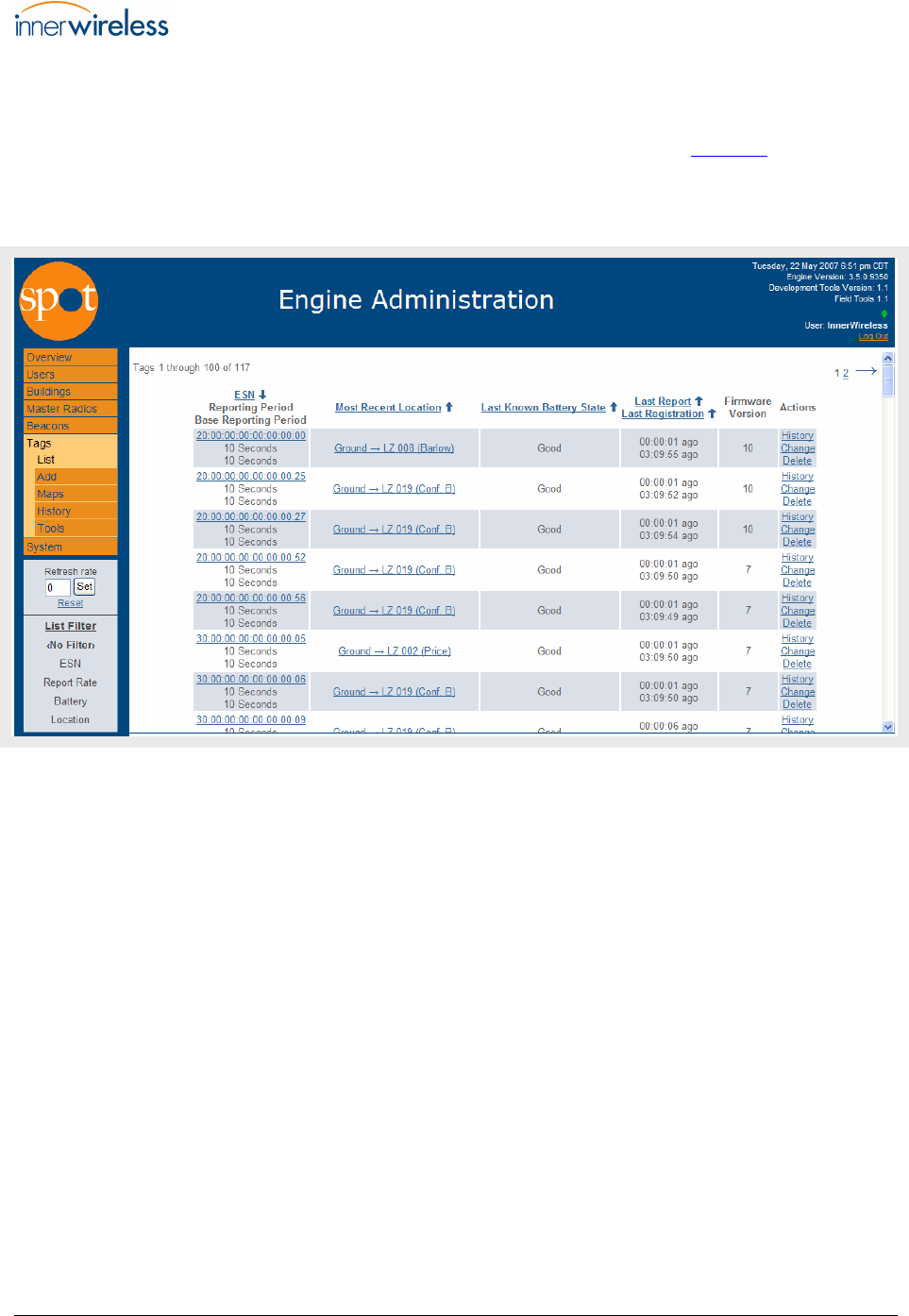InnerWireless 40009A001 Spot Radio Freq. Location System - Mini Asset Tag User Manual User s Manual
InnerWireless, Inc. Spot Radio Freq. Location System - Mini Asset Tag User s Manual
Users Manual
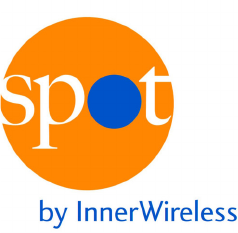
Spot RFLS User's Manual
May 24, 2007
1155 Kas Drive, Suite 200
Richardson, TX 75081
(972) 479-9898 Phone
(972) 479-9625 Fax
techsupport@innerwireless.com
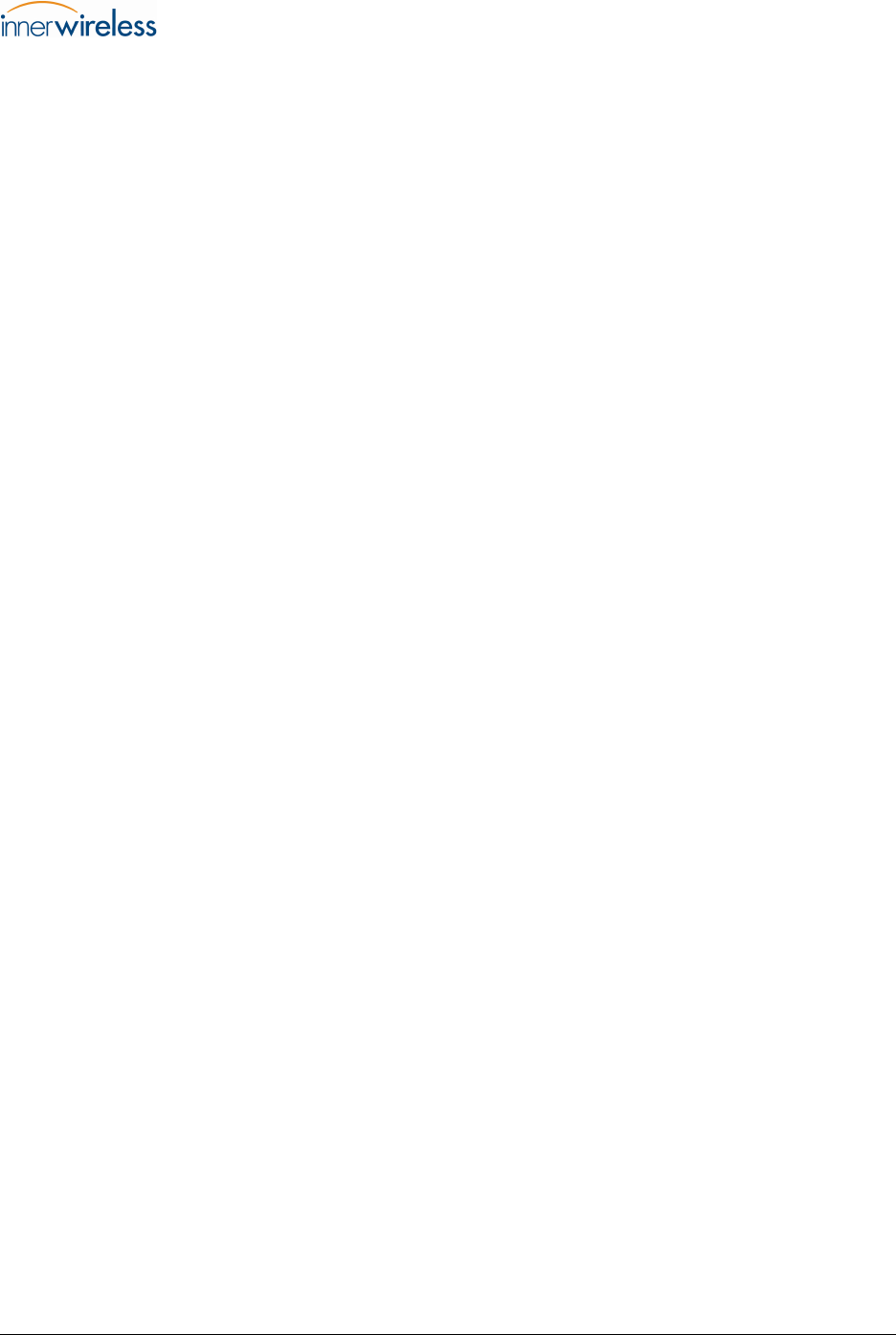
Table of Contents
1 Safety Information...................................................................................................... 4
2 Spot System Description............................................................................................ 5
3 Using the Web-Based Interface ................................................................................. 7
3.1 Login ............................................................................................................................. 7
3.2 Users ............................................................................................................................ 9
3.3 List Tags .....................................................................................................................10
3.4 List Filters ...................................................................................................................14
3.5 Log Out .......................................................................................................................17
Appendix A – Master Radio FCC Compliance Information............................................ 18
Appendix B – Beacon FCC Compliance Information..................................................... 19
Appendix C – Tag FCC Compliance Information .......................................................... 20
Appendix D – Mini Tag FCC Compliance Information................................................... 21
Appendix E – Antenna Specification ............................................................................. 22
Appendix F – Li/MnO2 Battery Disposal ........................................................................ 23
Spot RFLS User's Manual Page 2
5/24/2007
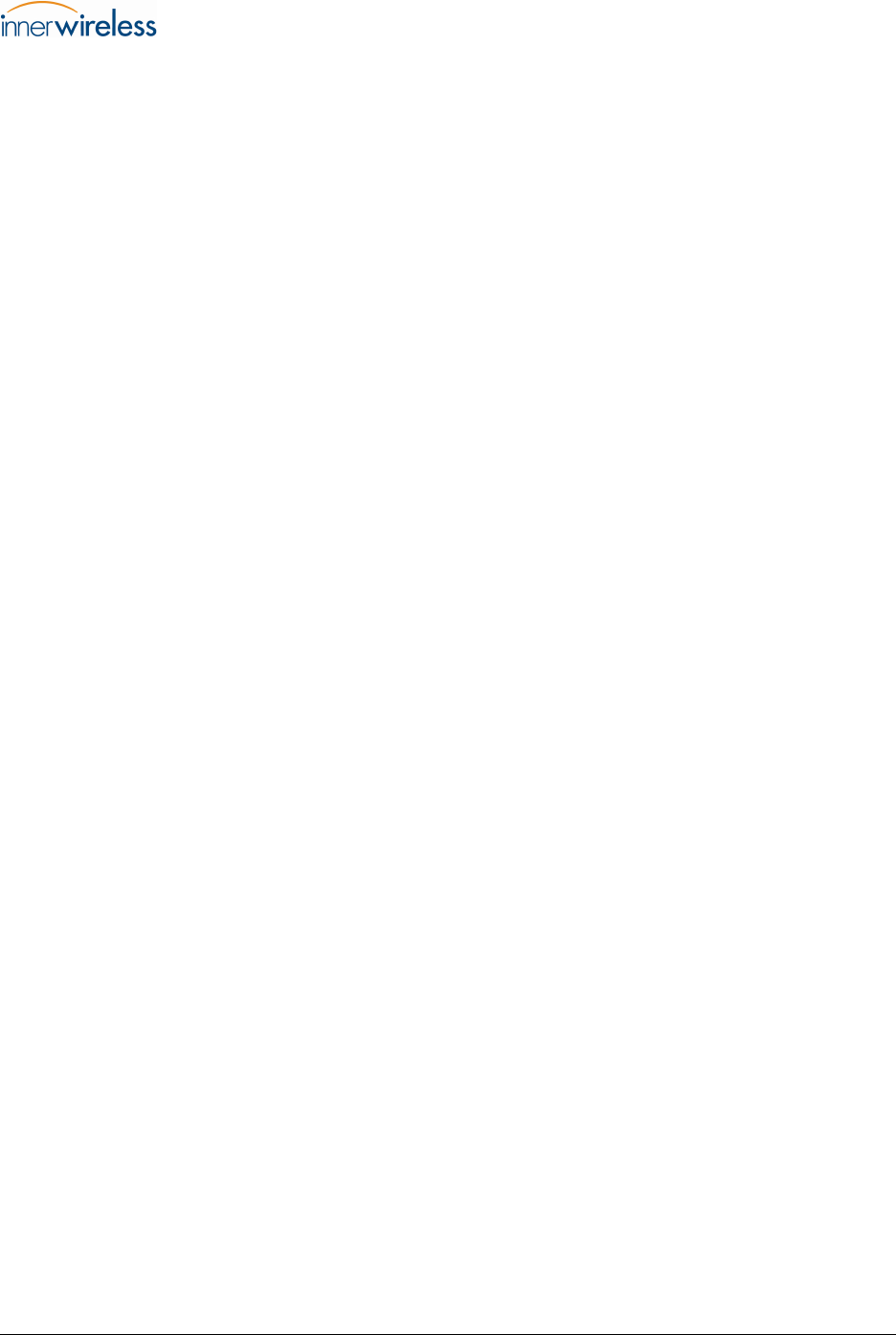
List of Figures
Figure 1 Spot RFLS Block Diagram ....................................................................................................... 5
Figure 2 Spot Engine Administration Login Window..............................................................................7
Figure 3 Spot Engine Administration Overview Window........................................................................ 8
Figure 4 User Accounts Window............................................................................................................ 9
Figure 5 Modify My Account Details Window.........................................................................................9
Figure 6 Tags > List Window................................................................................................................ 10
Figure 7 Tags > Maps Window ............................................................................................................11
Figure 8 Tags > History Window..........................................................................................................12
Figure 9 Sample Tag Location History.................................................................................................13
Figure 10 List Filter Location.................................................................................................................. 14
Figure 11 Report Rate List Filter ............................................................................................................ 15
Figure 12 Tag Battery Status List Filter..................................................................................................15
Figure 13 Location List Filter.................................................................................................................. 16
Figure 14 Logged Out Window ..............................................................................................................17
Spot RFLS User's Manual Page 3
5/24/2007
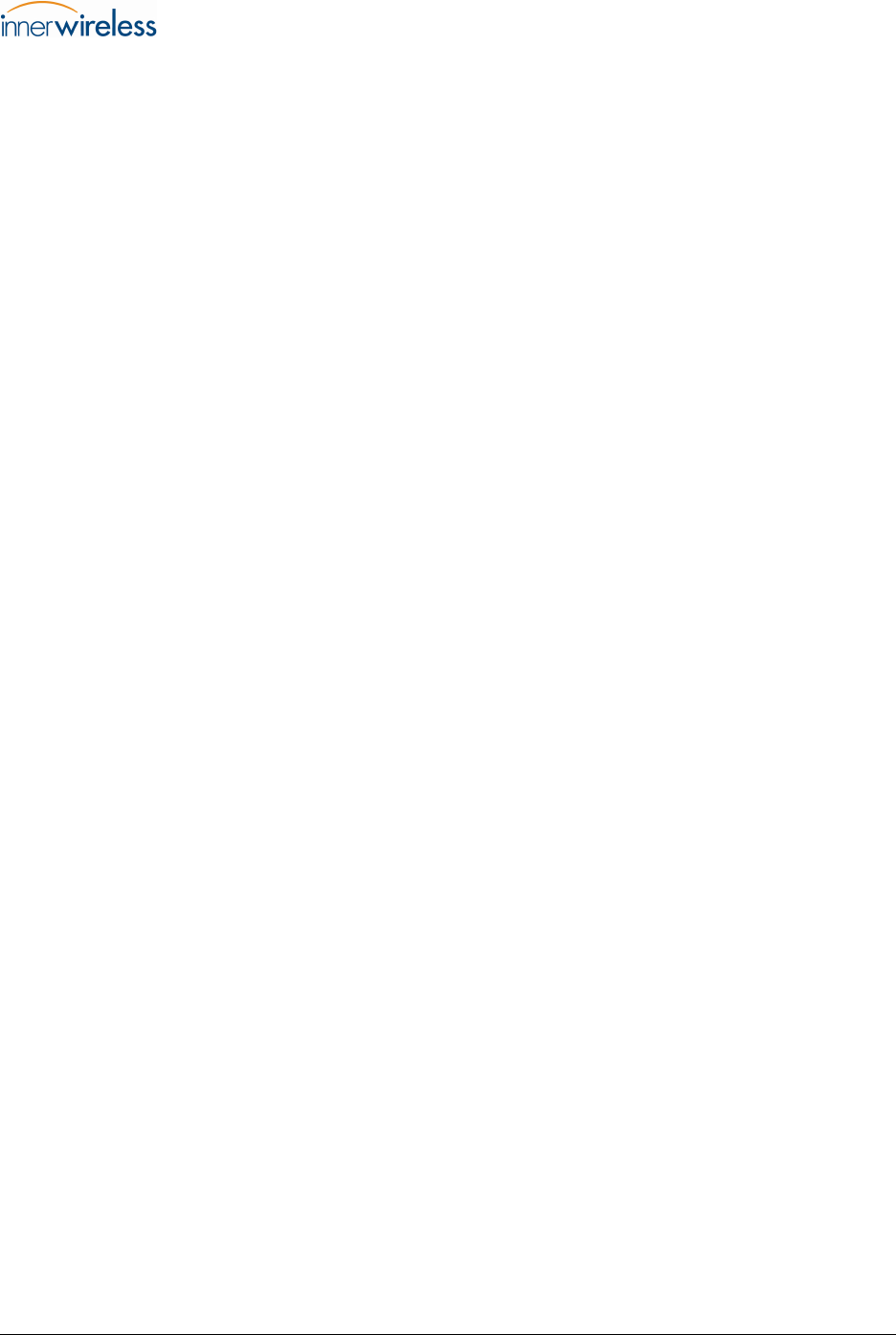
1 Safety Information
In order to comply with FCC Radio Frequency (RF) exposure limits, Spot RFLS antennas must be located
no closer to the human body than the distances specified below:
• Master Radio: 4.41 cm
• Beacon: 0.097 cm
• Tag: 0.06 cm
• Mini Tag: 0.05 cm
The Master Radio is intended for indoor use only unless used in an appropriately rated environmental
enclosure. The Master Radio’s antenna, power supply, and data cables must be indoors at all times. Data
cables must be terminated indoors with certified equipment (i.e. switch, hub, etc.) if outdoor
communication is desired.
Spot RFLS User's Manual Page 4
5/24/2007
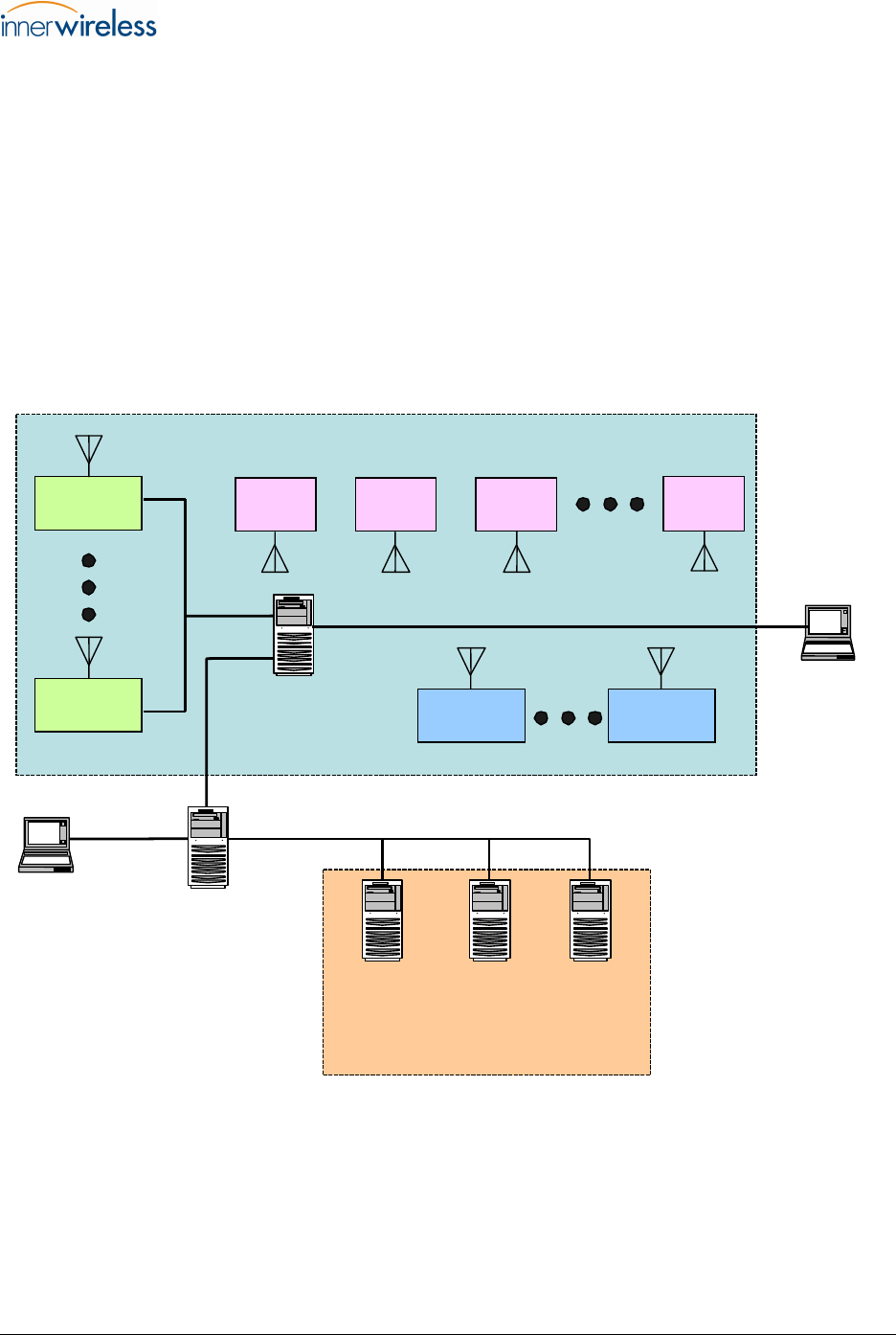
2 Spot System Description
This document describes the use of the Spot RFLS, a Radio Frequency (RF) Tag Location System used
for real-time and historical location tracking of high-value human and equipment assets.
Major sections of this document include the following topics:
• A basic description of the Spot System and its proper use
• Safety information
• User interface description
• FCC ID numbers and compliance statements
A block diagram of Spot RFLS is shown below:
Tag
Radio
Tag
Radio
Beacon
Radio
Master
Radio
Master
Radio
Spot Engine
(Network Controller)
Browser-Based
Administration
Inventory
Management
System
Patient
Monitoring
System
Time and
Attendance
System
Hospital Systems
End Users
Presentation
Server
Beacon
Radio
Beacon
Radio
Beacon
Radio
Figure 1 Spot RFLS Block Diagram
Spot RFLS User's Manual Page 5
5/24/2007
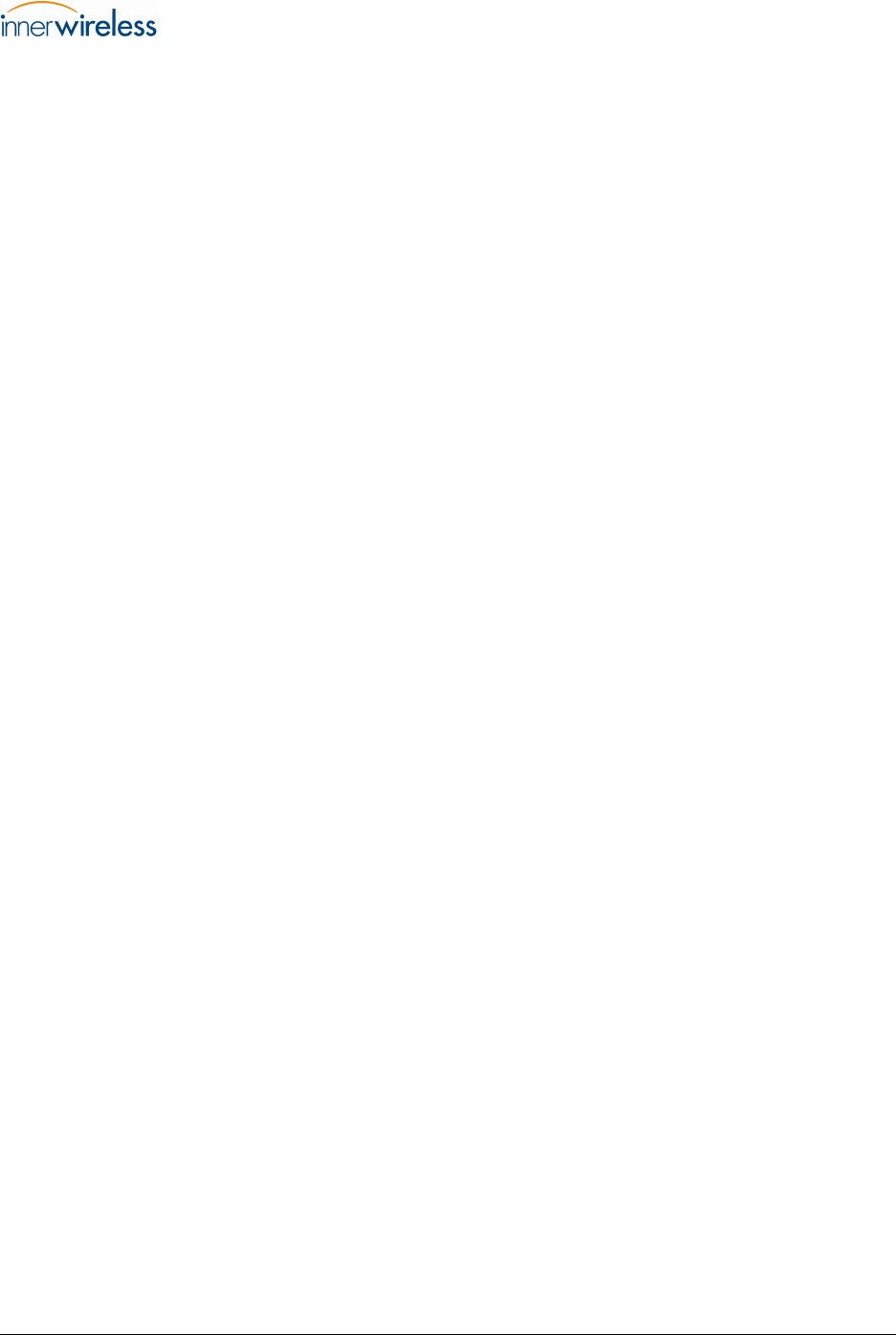
Spot uses a system of Master Radios and Beacons to locate and track the position of Tags.
Tag location and history information is made available to other systems and applications through a
browser-based interface.
The Spot System is made up of the following components:
• Spot Engine:
o An appliance that controls the overall operation of the Spot System and delivers
Tag location information to the Presentation Server
CAUTION! Never operate a Master Radio without an antenna or RF load.
• Master Radios:
o Relay information from Beacons and Tags to the Spot Engine
o Are powered via their Ethernet network connections
o Require no direct user operation
• Beacons:
o Communicate with the Tags based on commands from the Master Radios
o Are battery-powered, designed for low current consumption to maximize battery
life
o Require no direct user operation
• Tags:
o Receive transmissions from Beacons
o Transmit Beacon reports to Master Radios that Spot uses to compute location
o Are optimized for low power consumption to maximize battery life. Power
consumption can be optimized for tracking mobile or fixed assets.
Spot RFLS User's Manual Page 6
5/24/2007
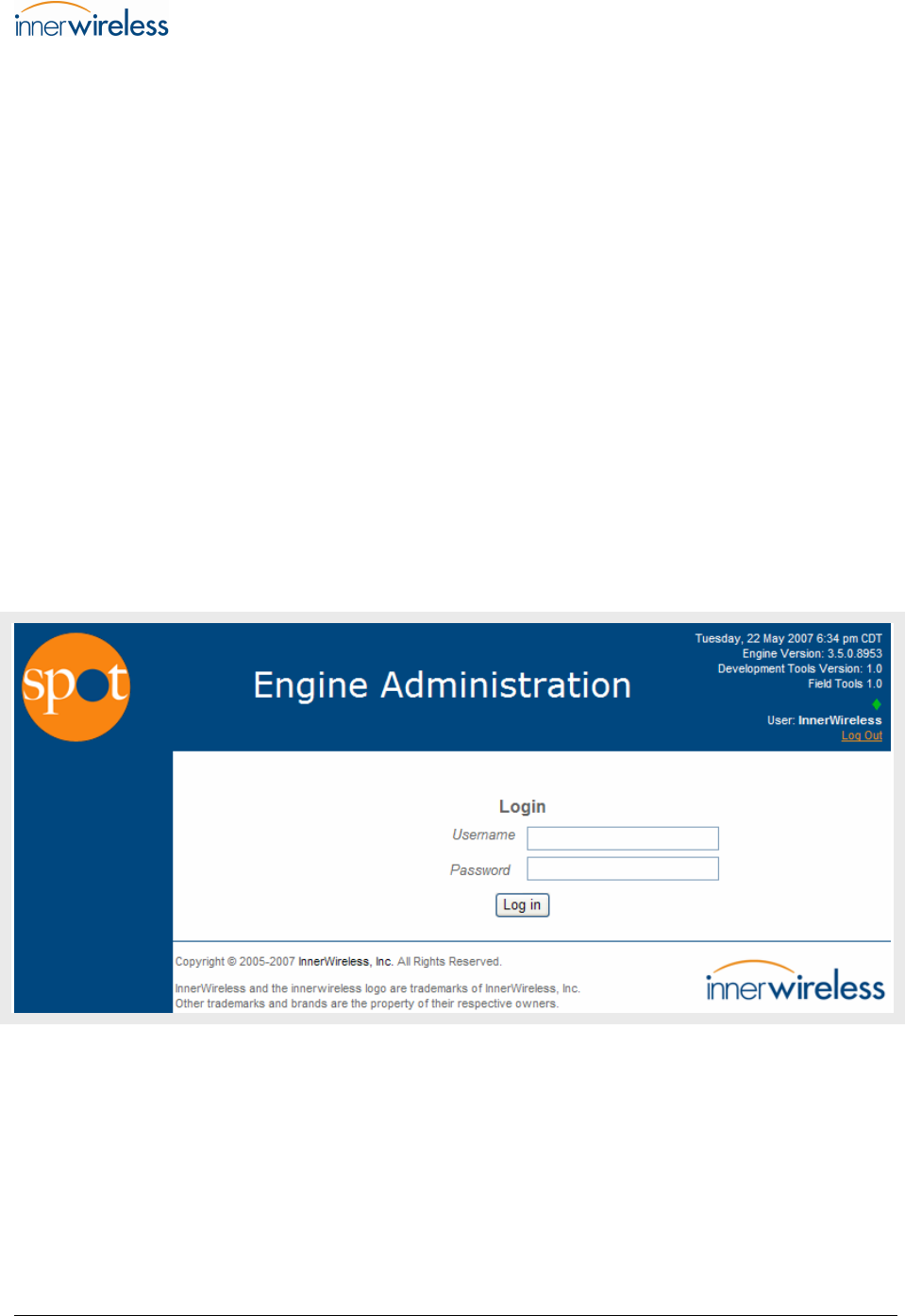
3 Using the Web-Based Interface
The user-level interface of the Spot System is accessed through a web browser. It provides a basic level of
access to the Spot System through the Spot Engine Administration web interface.
NOTE: Your Spot System Administrator must create an account for you to access this
functionality.
Most users will use other third-party applications (not the basic user interface
described here) to access the information collected by the Spot System.
3.1 Login
Using a PC attached to the same local network (LAN) as the Spot Engine, log into the Spot Engine
Administration web interface as follows.
In your web browser, enter the URL for the Engine’s web interface you received from your Spot System
Administrator when your user account was created.
The login window is displayed as shown in the following figure.
Figure 2 Spot Engine Administration Login Window
Enter your User Name and Password and click Log in.
Spot RFLS User's Manual Page 7
5/24/2007
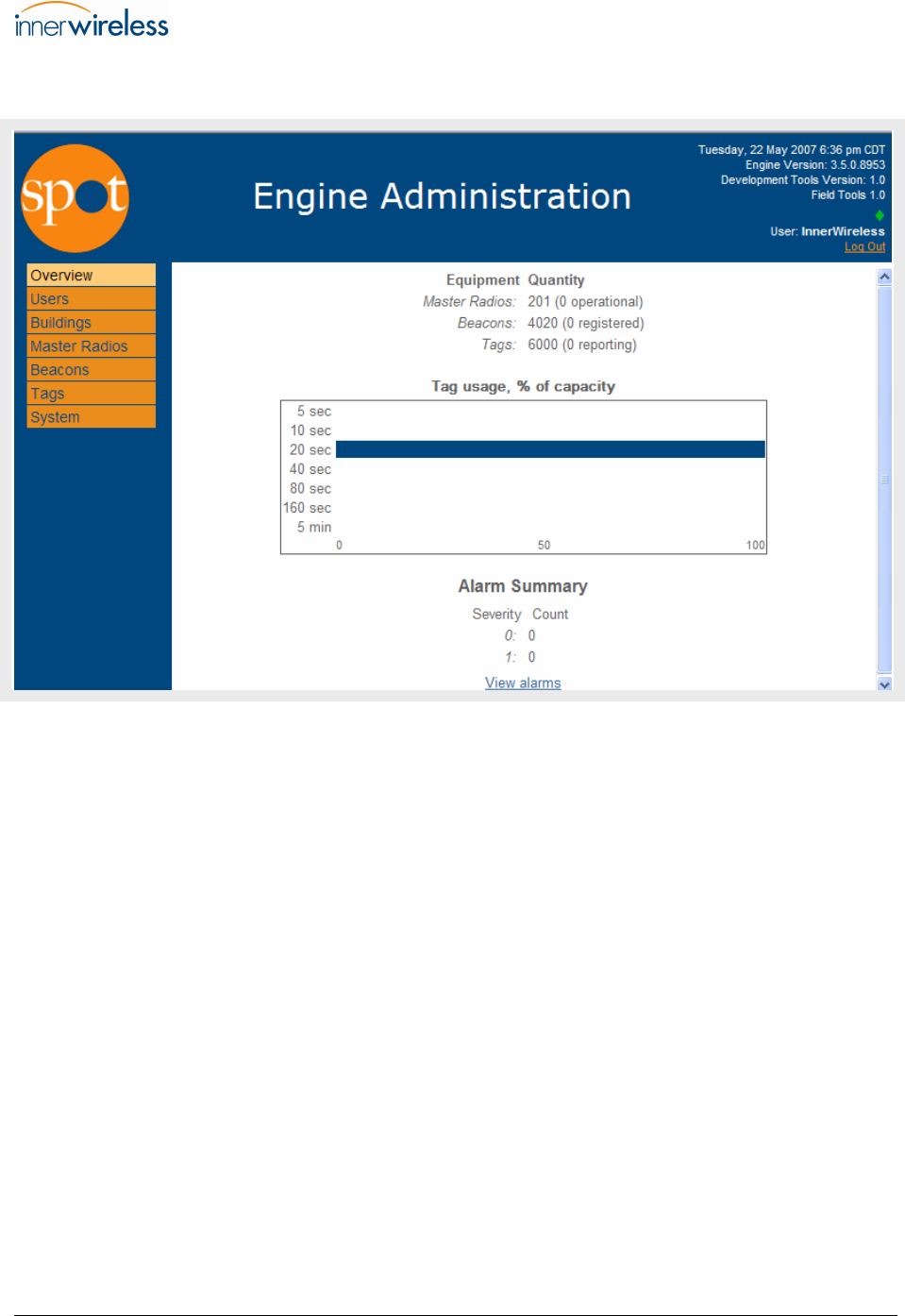
The Overview window is displayed as shown in the following figure.
Figure 3 Spot Engine Administration Overview Window
The Overview displays current system status information.
Spot RFLS User's Manual Page 8
5/24/2007
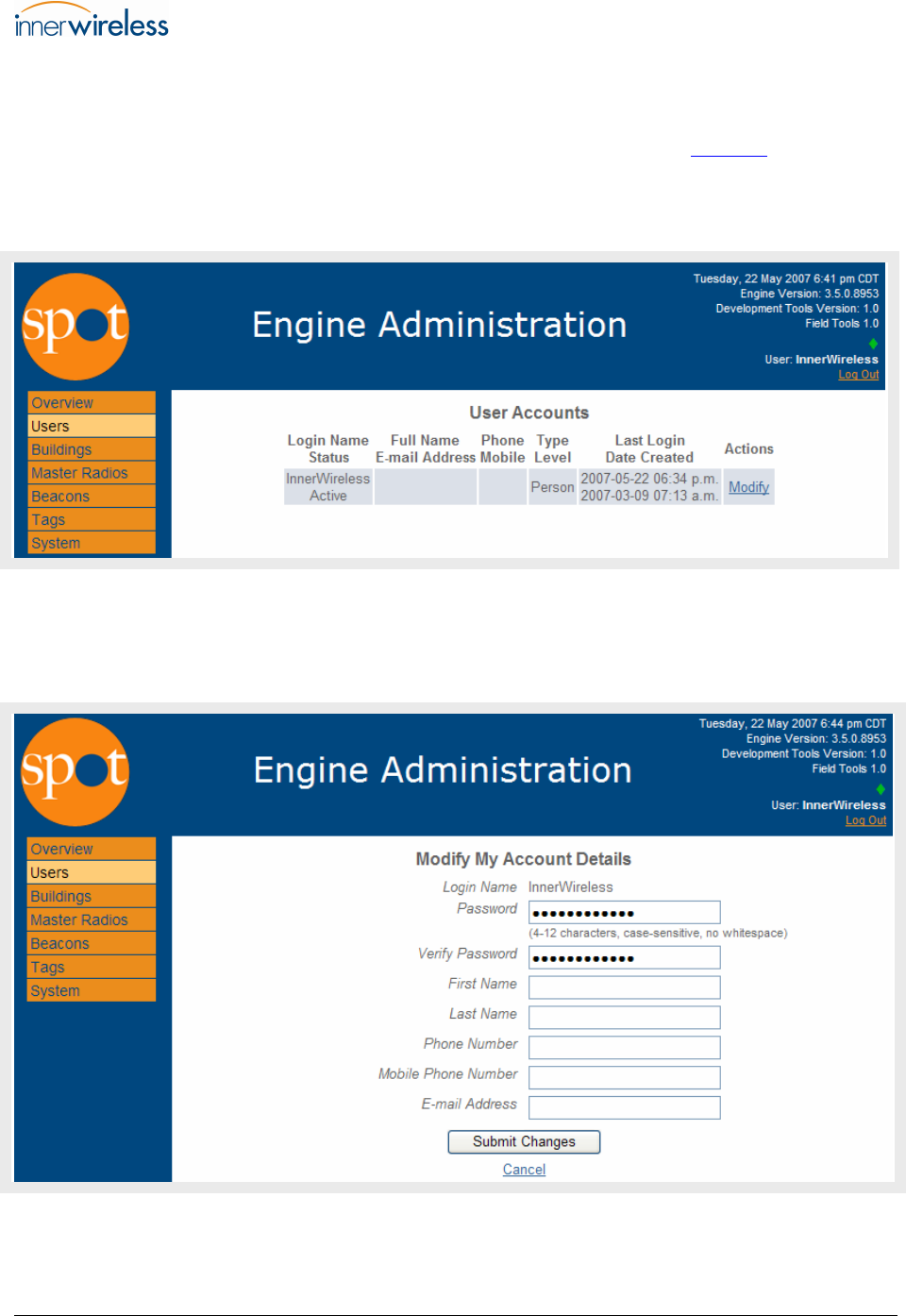
3.2 Users
From the Spot Engine Administration > Overview window shown in Figure 3 on page 8,
click Users.
The following window is displayed.
Figure 4 User Accounts Window
To make changes to your personal information, click Modify.
The Modify My Account Details window is displayed.
Figure 5 Modify My Account Details Window
Make changes as required and then click Submit Changes to exit and save.
Spot RFLS User's Manual Page 9
5/24/2007
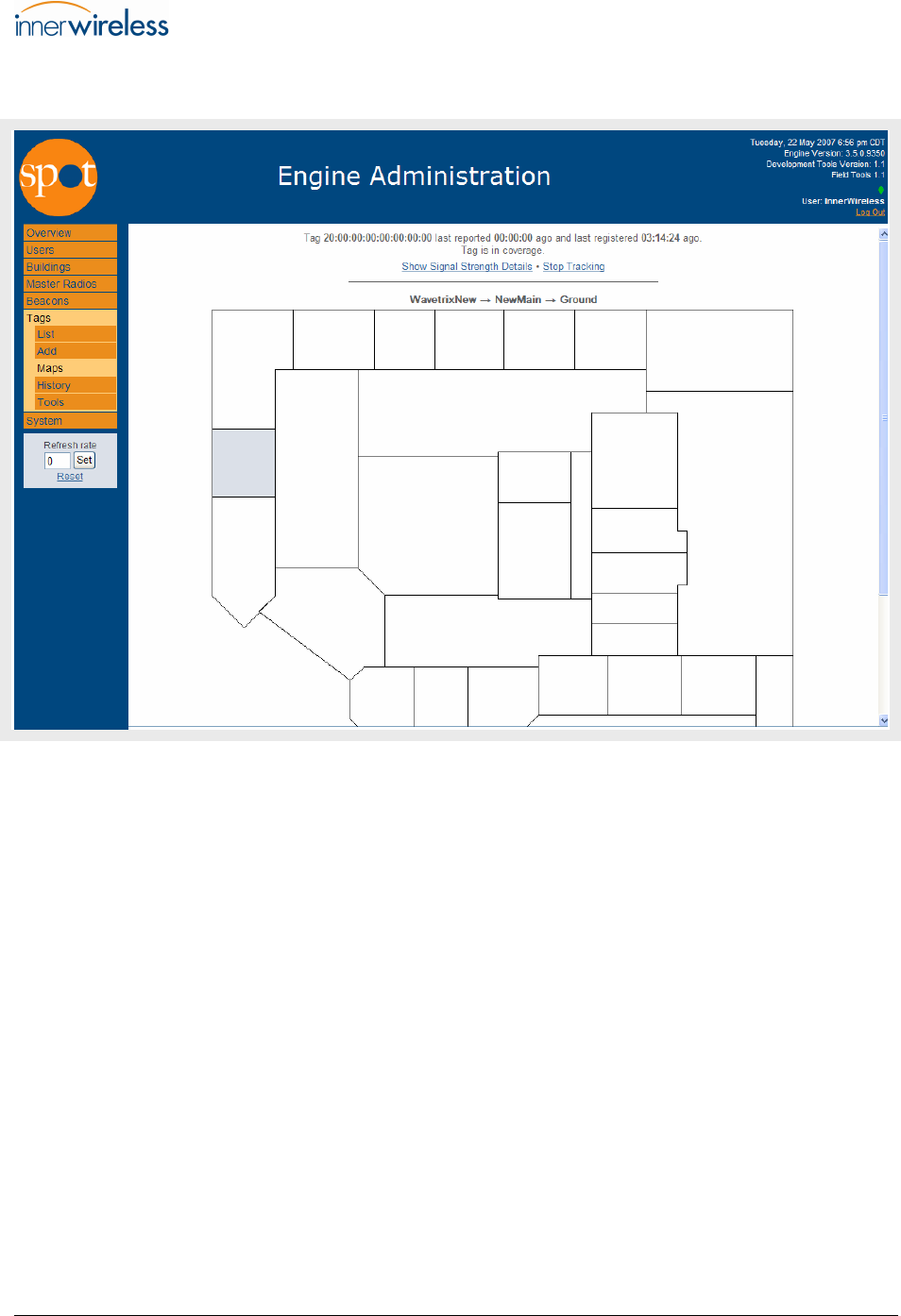
A Tags > Maps window similar to the following figure is displayed.
Figure 7 Tags > Maps Window
The highlighted area indicates Tag location.
Spot RFLS User's Manual Page 11
5/24/2007
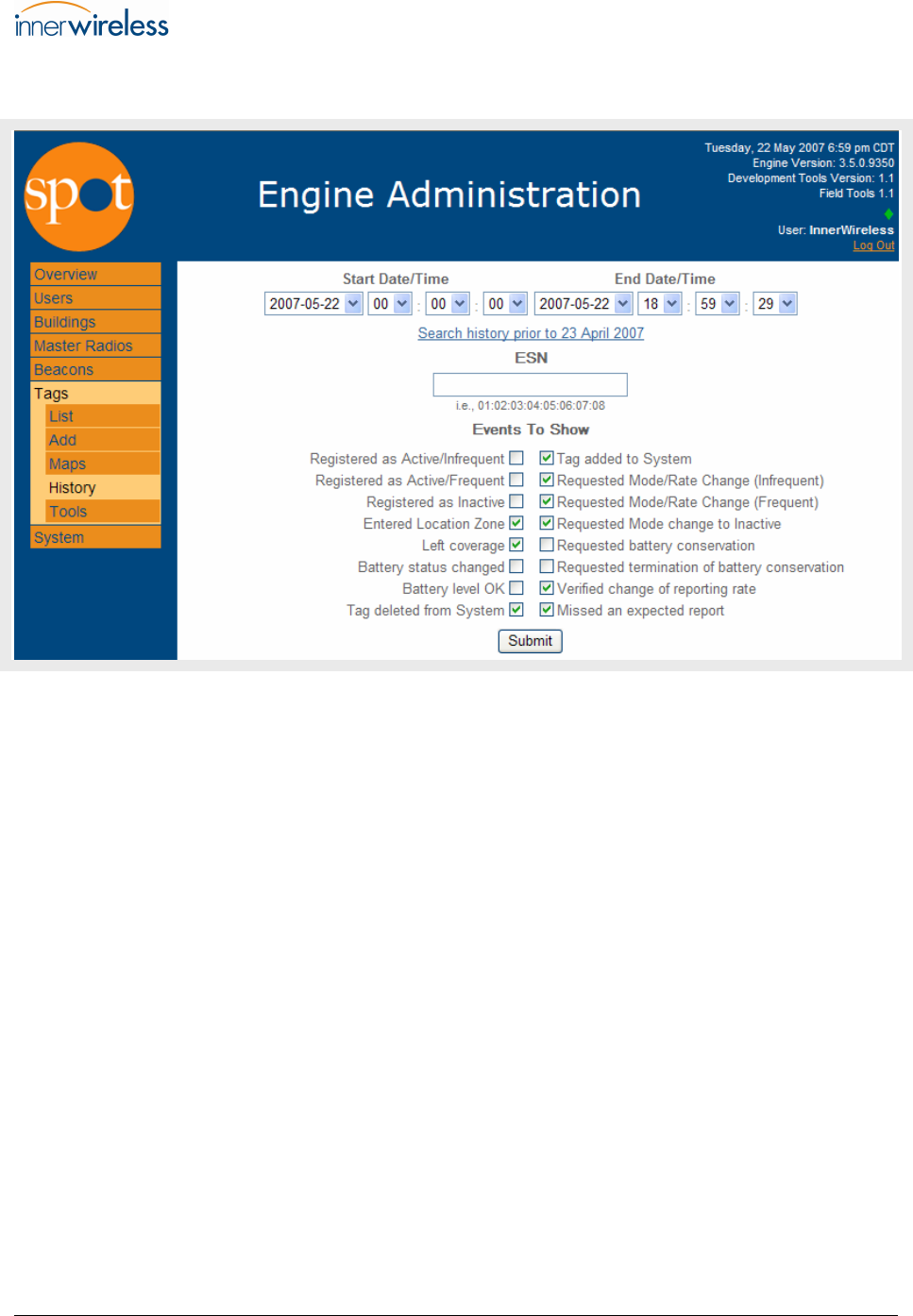
Click Tags > History to display the following window.
Figure 8 Tags > History Window
Enter the Tag ESN and select particular Events To Show to recall the location history of a
particular Tag.
Click Submit to display the location history of the Tag in question.
Spot RFLS User's Manual Page 12
5/24/2007
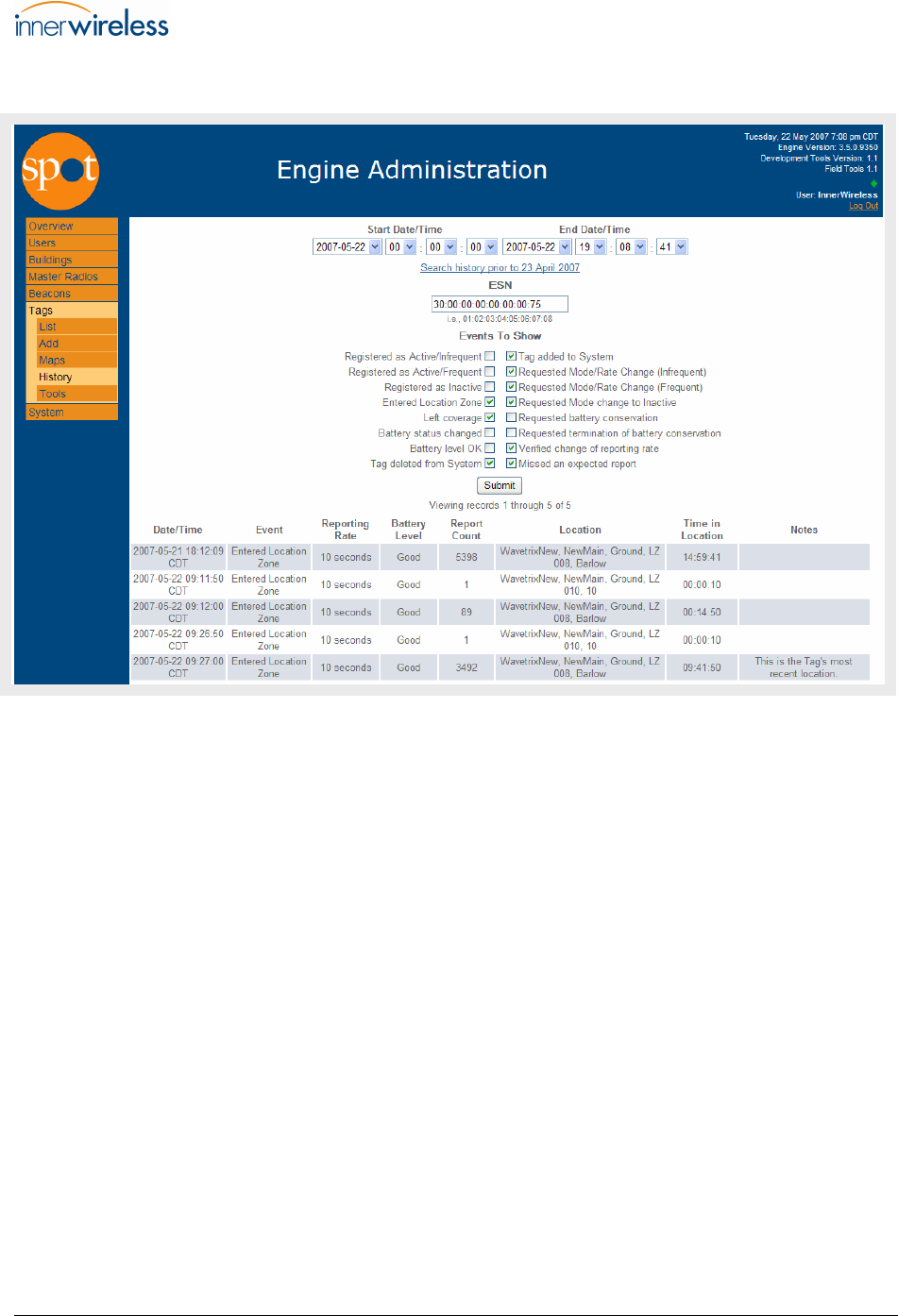
The Tag’s location history is displayed as shown in the following example.
Figure 9 Sample Tag Location History
Spot RFLS User's Manual Page 13
5/24/2007
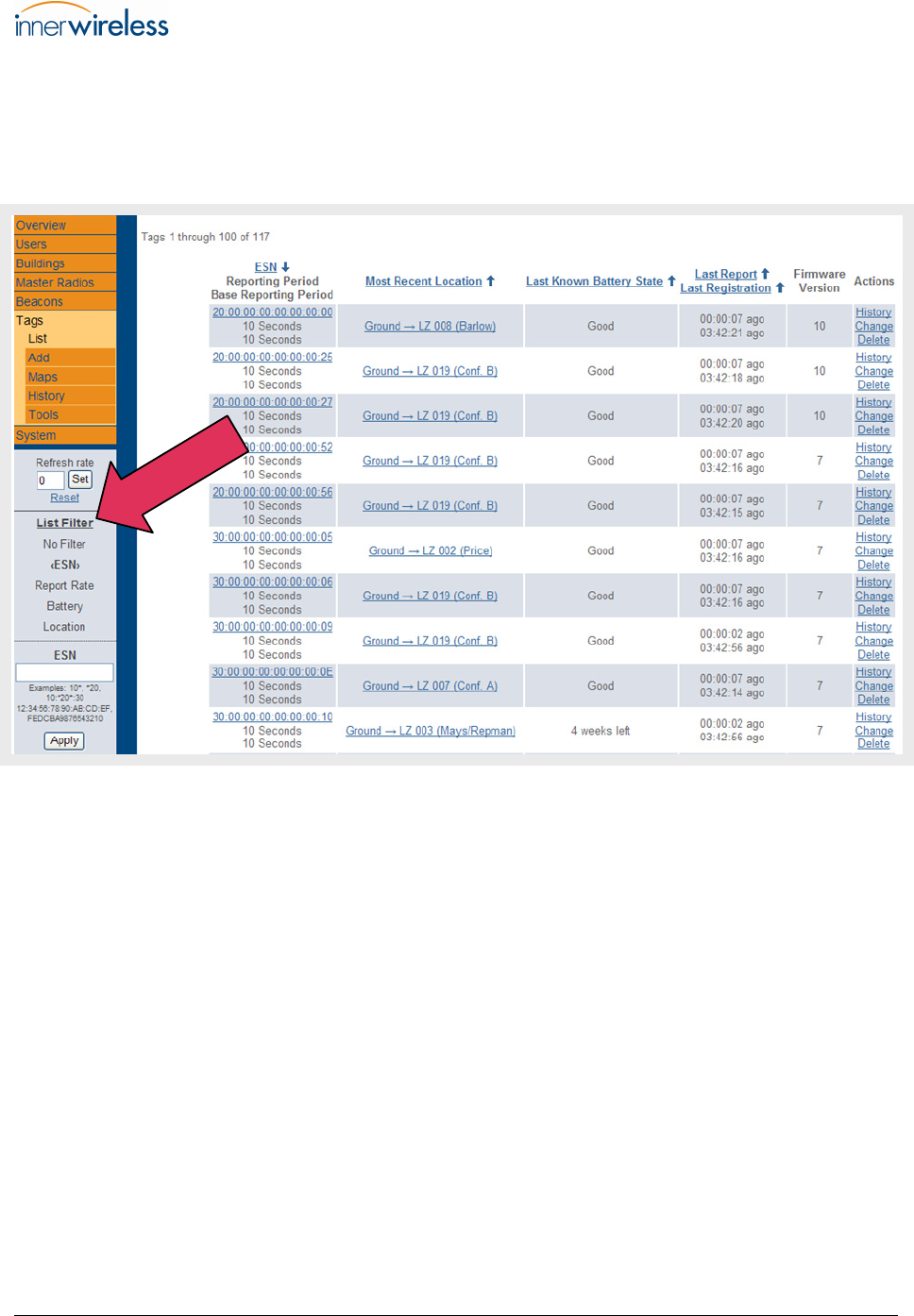
3.4 List Filters
List Filters are available to aid in the sorting of Tag, Beacon and Master Radio list views. The following
figure illustrates the List Filter feature available in the Tags > List window.
Figure 10 List Filter Location
The default list filter sorts by ESN. Type the ESN number of the item in question and click Apply to
display the search result.
Spot RFLS User's Manual Page 14
5/24/2007
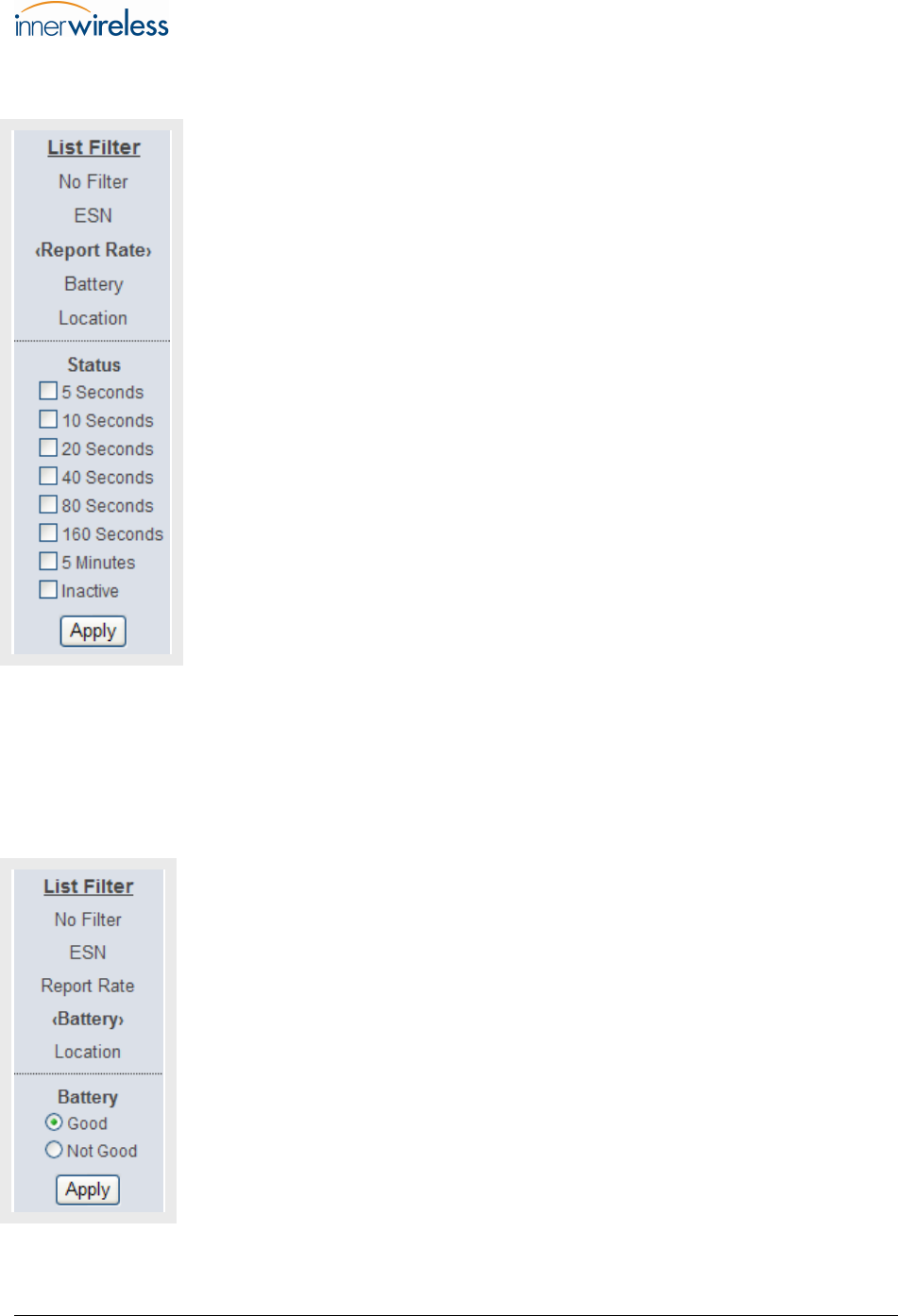
Another Tag List Filter option is to sort by Report Rate as illustrated below.
Figure 11 Report Rate List Filter
The Report Rate List Filter sorts Tags by how often they are set to report their location to the Spot
Engine.
Click the Report Rate you wish to list under Status and click Apply.
The Battery List Filter option lists Tags with Good or Not Good batteries as shown below.
Figure 12 Tag Battery Status List Filter
Spot RFLS User's Manual Page 15
5/24/2007
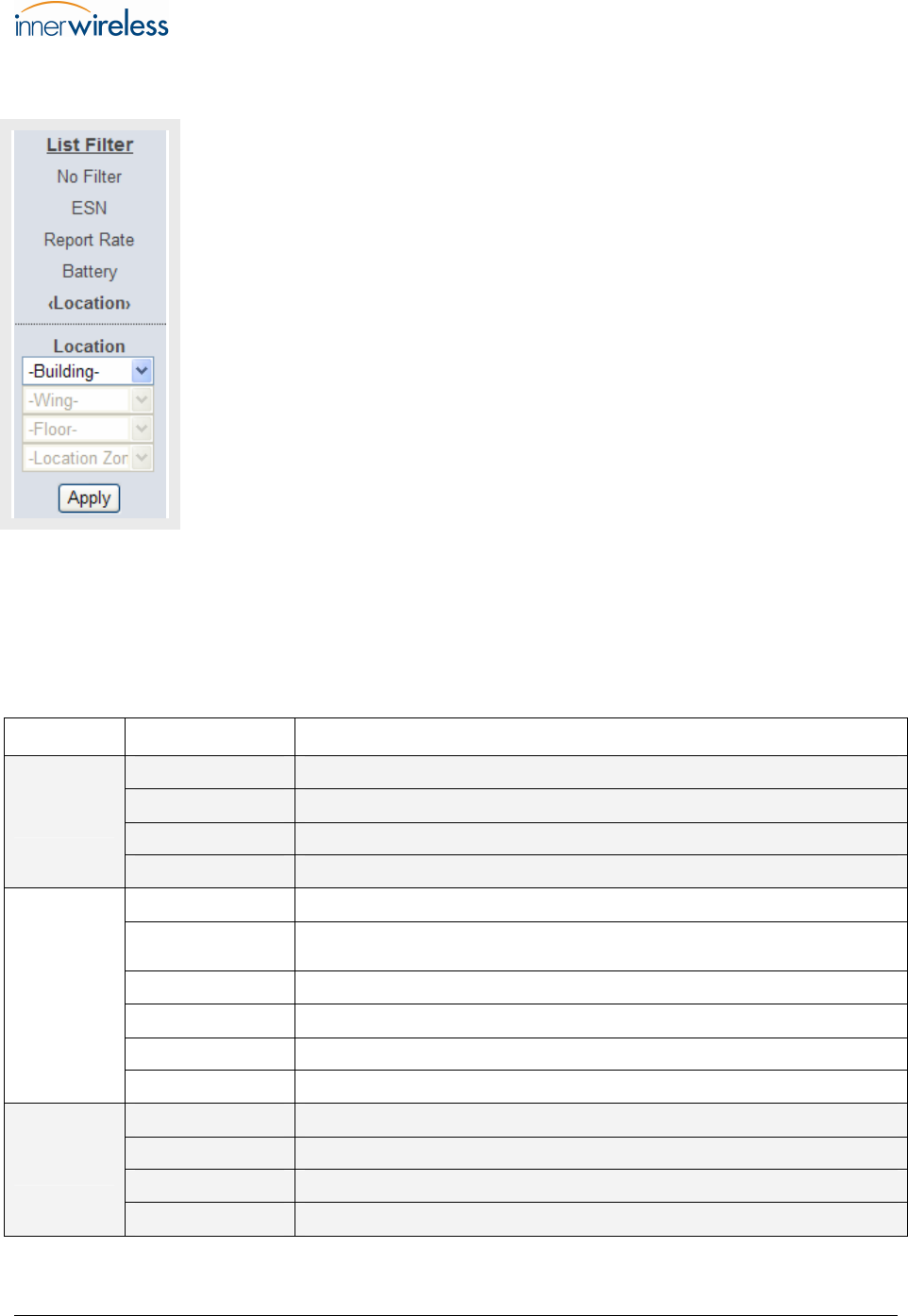
The following figure illustrates the features of the Location List Filter.
Figure 13 Location List Filter
Options for the Location List Filter include sorting by Building, Wing, Floor, or Location Zone.
The pull-down menus are only active if these locations have been mapped into your Spot System.
The following table lists the available list filter sorting parameters for Tags, Master Radios and Beacons.
Table 1 List Filters
List Type Filter Categories Available Sort Parameters
ESN Enter ESN number
Tag
Report Rate 5, 10 20, 40, 80, 160 seconds, 5 minutes, or inactive
Battery Good, or Not Good.
Location Building, Wing, Floor, or Location Zone
ESN Enter ESN number
Status Inactive, Disconnected, Connecting, Registered, Lost Sync, Synchronizing, or
Operational
Master Radio Sync Island Default Island of Synchronization
Type Receive Only, Transmitter
Sync-Source Eligible Eligible, Not Eligible
Location Building, Wing, or Floor
ESN Enter ESN number
Beacon
Status Unheard, Unregistered, Registering, Confirmed, Timing Out
Battery Good, Not Good
Location Building, Wing, Floor, or Location Zone
Spot RFLS User's Manual Page 16
5/24/2007
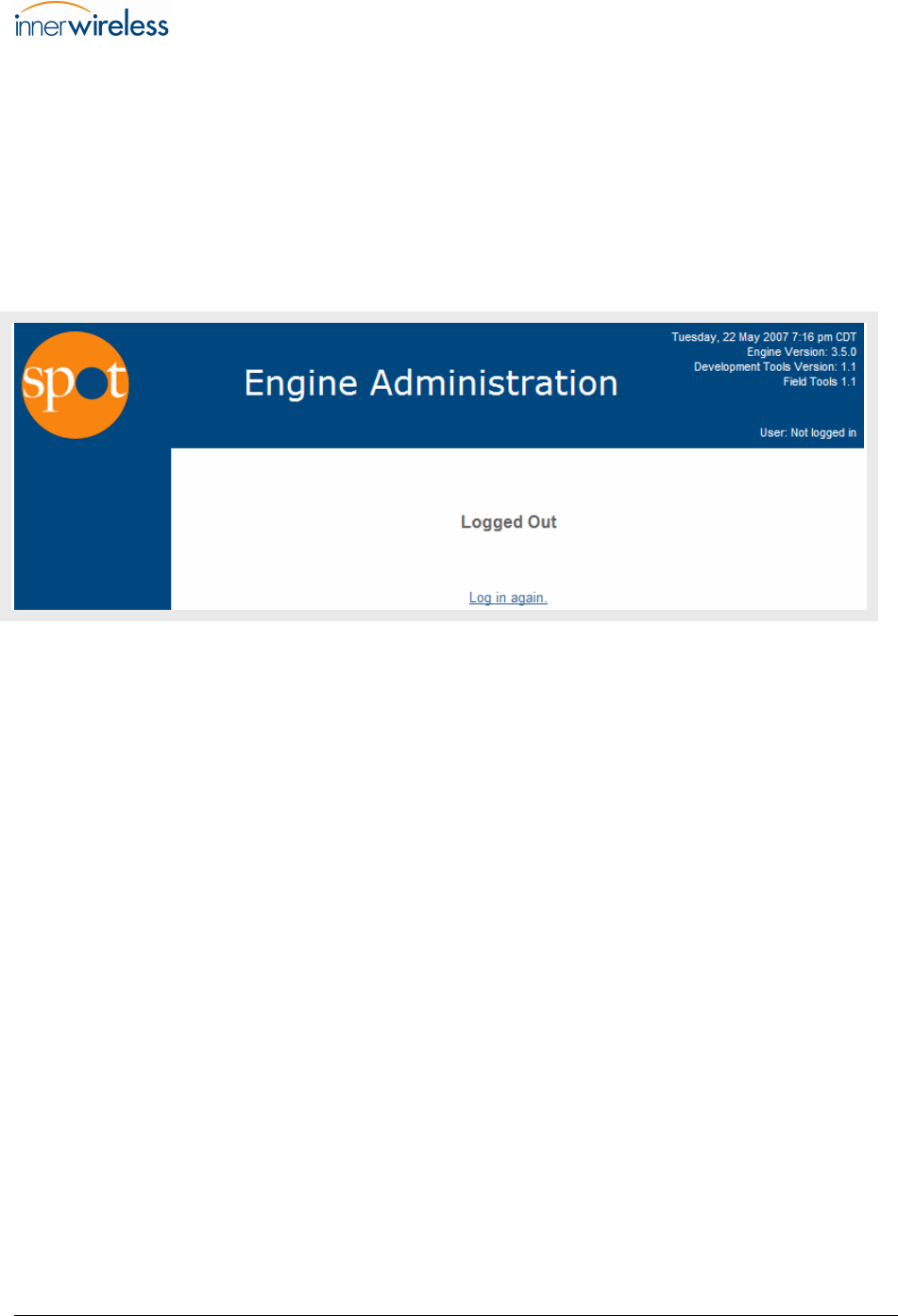
3.5 Log Out
To end your session, click Log Out in the upper right corner of any of the Engine Administration
windows.
The following window is displayed.
Figure 14 Logged Out Window
Spot RFLS User's Manual Page 17
5/24/2007
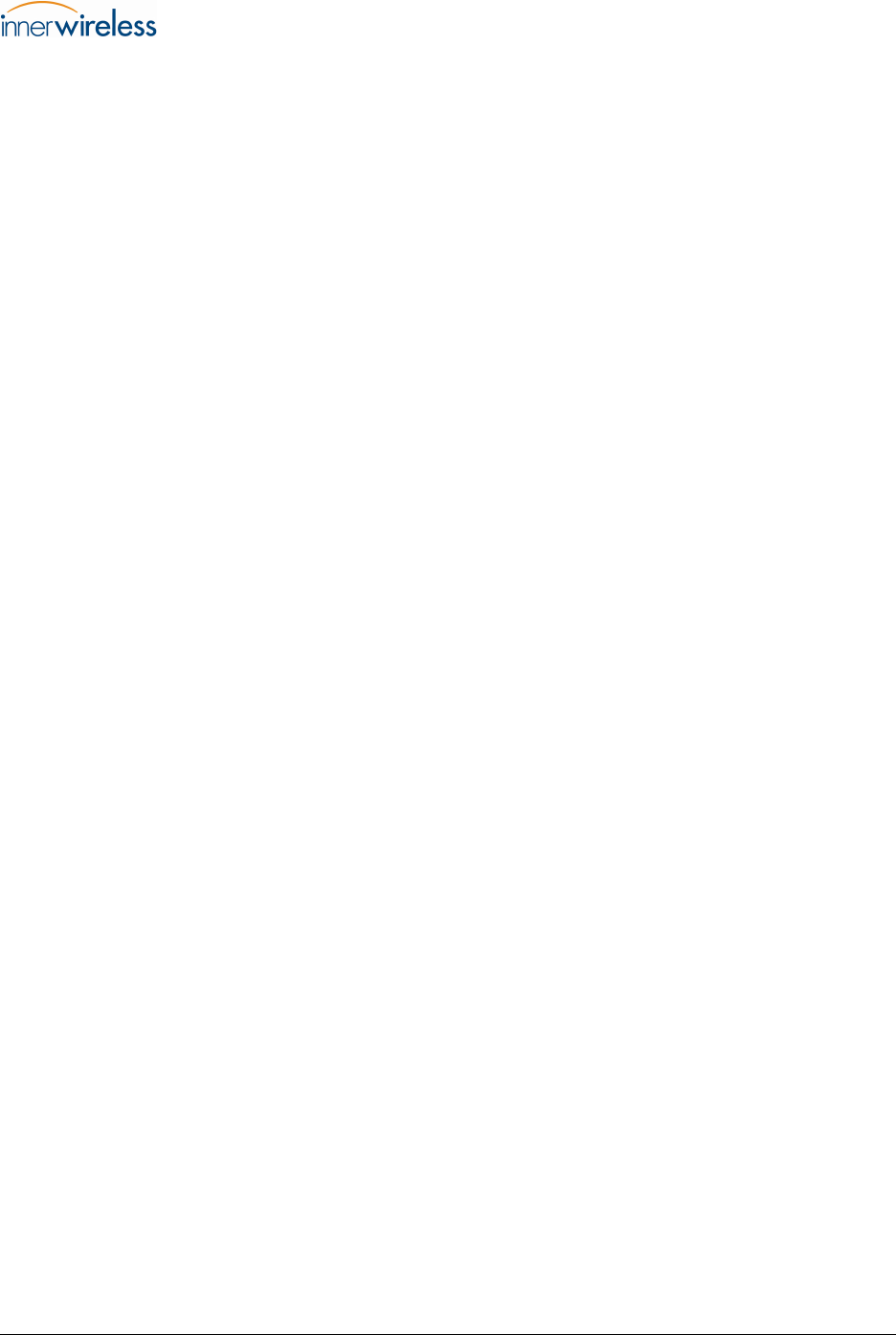
Appendix A – Master Radio FCC Compliance
Information
Master Radio FCC ID: RO540004A001
This device complies with Part 15 of the FCC Rules. Operation is subject to the following two
conditions:
1. This device may not cause harmful interference, and
2. This device must accept any interference received, including interference that may cause
undesired operation.
This equipment has been tested and found to comply with the limits for a Class A digital device, pursuant
to Part 15 of the FCC Rules. These limits are designed to provide reasonable protection against harmful
interference when the equipment is operated in a commercial environment. This equipment generates,
uses, and can radiate radio frequency energy and, if not installed and used in accordance with the
instruction manual, may cause harmful interference to radio communications. Operation of this
equipment in a residential area is likely to cause harmful interference in which case the user will be
required to correct the interference at his own expense.
Spot RFLS User's Manual Page 18
5/24/2007
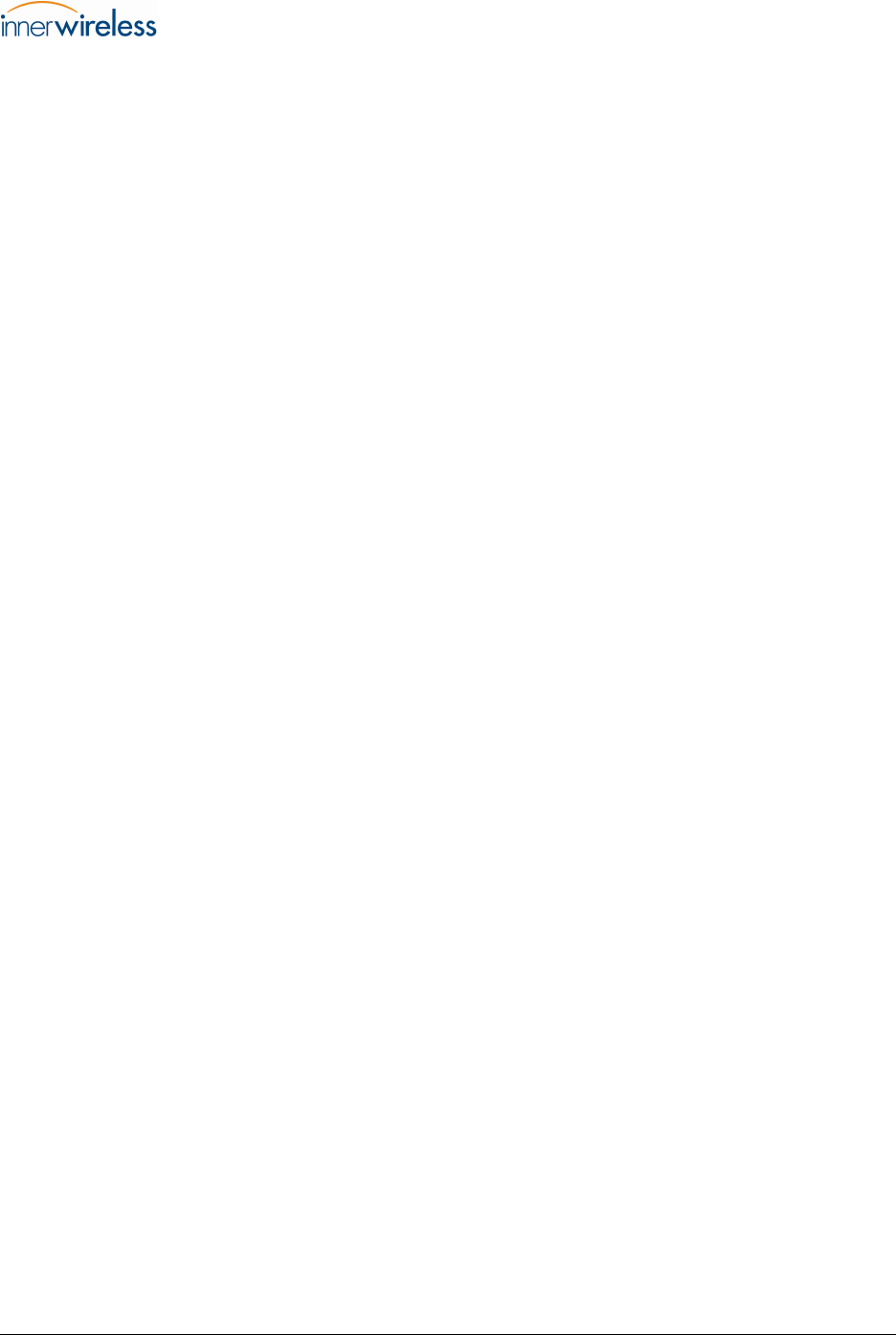
Appendix B – Beacon FCC Compliance Information
Beacon FCC ID: RO540001A001
This device complies with Part 15 of the FCC Rules. Operation is subject to the following two
conditions:
1. This device may not cause harmful interference, and
2. This device must accept any interference received, including interference that may cause
undesired operation.
This equipment has been tested and found to comply with the limits for a Class A digital device, pursuant
to Part 15 of the FCC Rules. These limits are designed to provide reasonable protection against harmful
interference when the equipment is operated in a commercial environment. This equipment generates,
uses, and can radiate radio frequency energy and, if not installed and used in accordance with the
instruction manual, may cause harmful interference to radio communications. Operation of this
equipment in a residential area is likely to cause harmful interference in which case the user will be
required to correct the interference at his own expense.
Spot RFLS User's Manual Page 19
5/24/2007
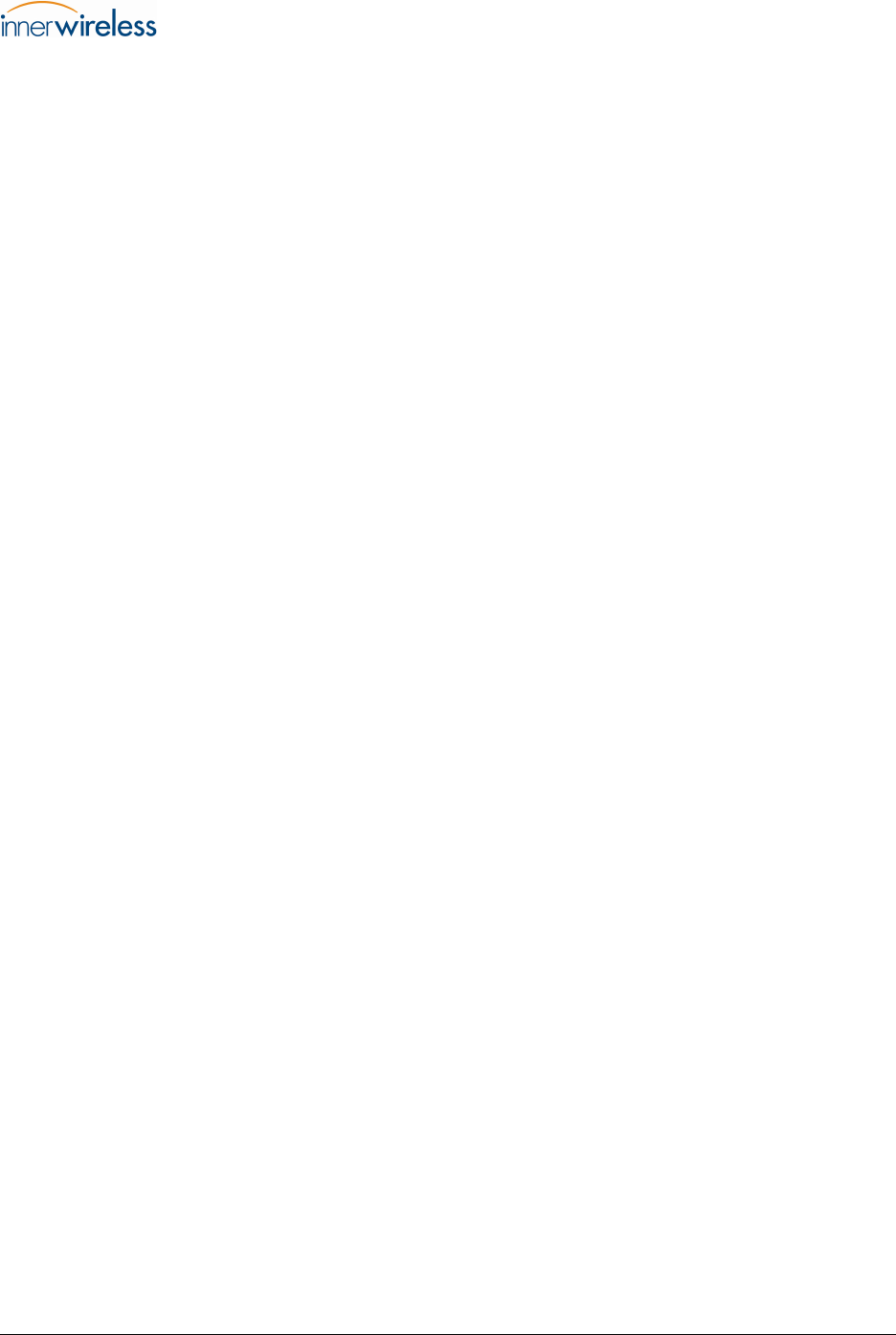
Appendix C – Tag FCC Compliance Information
Tag FCC ID: RO540002A001
This device complies with Part 15 of the FCC Rules. Operation is subject to the following two
conditions:
1. This device may not cause harmful interference, and
2. This device must accept any interference received, including interference that may cause
undesired operation.
This equipment has been tested and found to comply with the limits for a Class A digital device, pursuant
to Part 15 of the FCC Rules. These limits are designed to provide reasonable protection against harmful
interference when the equipment is operated in a commercial environment. This equipment generates,
uses, and can radiate radio frequency energy and, if not installed and used in accordance with the
instruction manual, may cause harmful interference to radio communications. Operation of this
equipment in a residential area is likely to cause harmful interference in which case the user will be
required to correct the interference at his own expense.
Spot RFLS User's Manual Page 20
5/24/2007
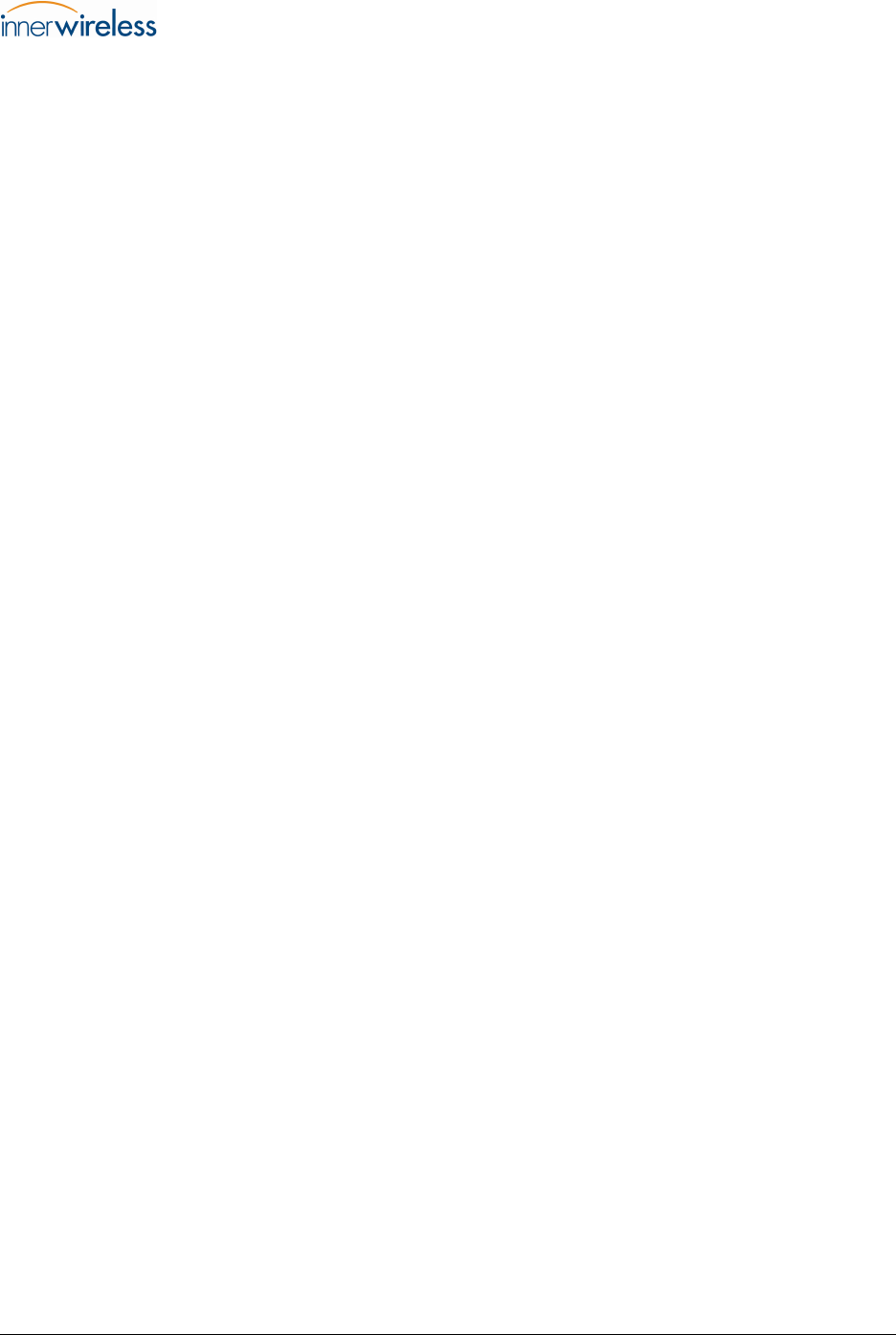
Appendix D – Mini Tag FCC Compliance Information
Tag FCC ID: RO540009A001
This device complies with Part 15 of the FCC Rules. Operation is subject to the following two
conditions:
1. This device may not cause harmful interference, and
2. This device must accept any interference received, including interference that may cause
undesired operation.
This equipment has been tested and found to comply with the limits for a Class A digital device, pursuant
to Part 15 of the FCC Rules. These limits are designed to provide reasonable protection against harmful
interference when the equipment is operated in a commercial environment. This equipment generates,
uses, and can radiate radio frequency energy and, if not installed and used in accordance with the
instruction manual, may cause harmful interference to radio communications. Operation of this
equipment in a residential area is likely to cause harmful interference in which case the user will be
required to correct the interference at his own expense.
Spot RFLS User's Manual Page 21
5/24/2007
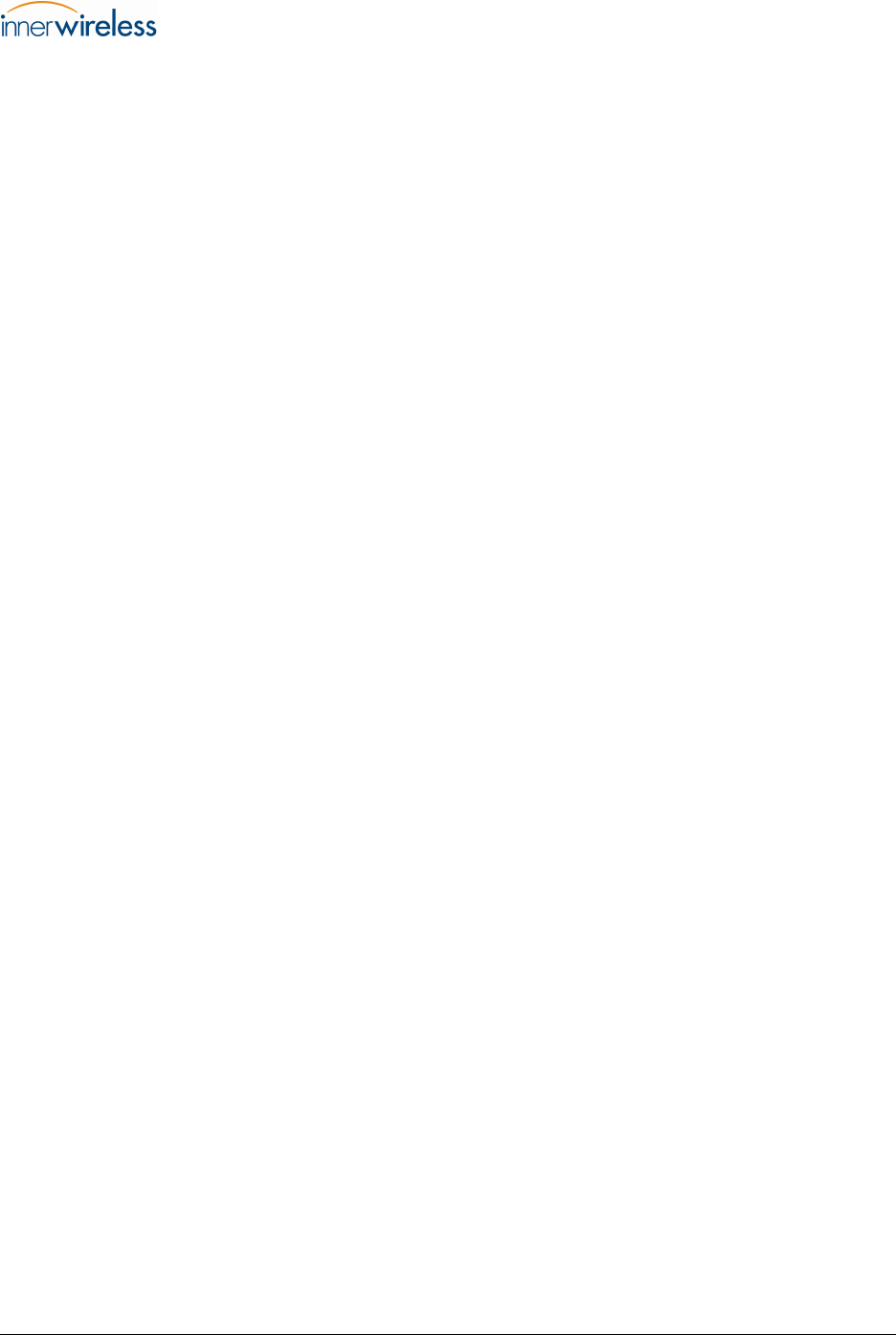
Appendix E – Antenna Specification
The Master Radio is FCC certified for use with an antenna that meets the following requirements:
1. Maximum gain: 13.3 dBi
2. Type: monopole, omnidirectional
3. Nominal Impedance: 50 Ohm
FCC re-certification is required in order to use an antenna that does not meet the above specifications.
Spot RFLS User's Manual Page 22
5/24/2007
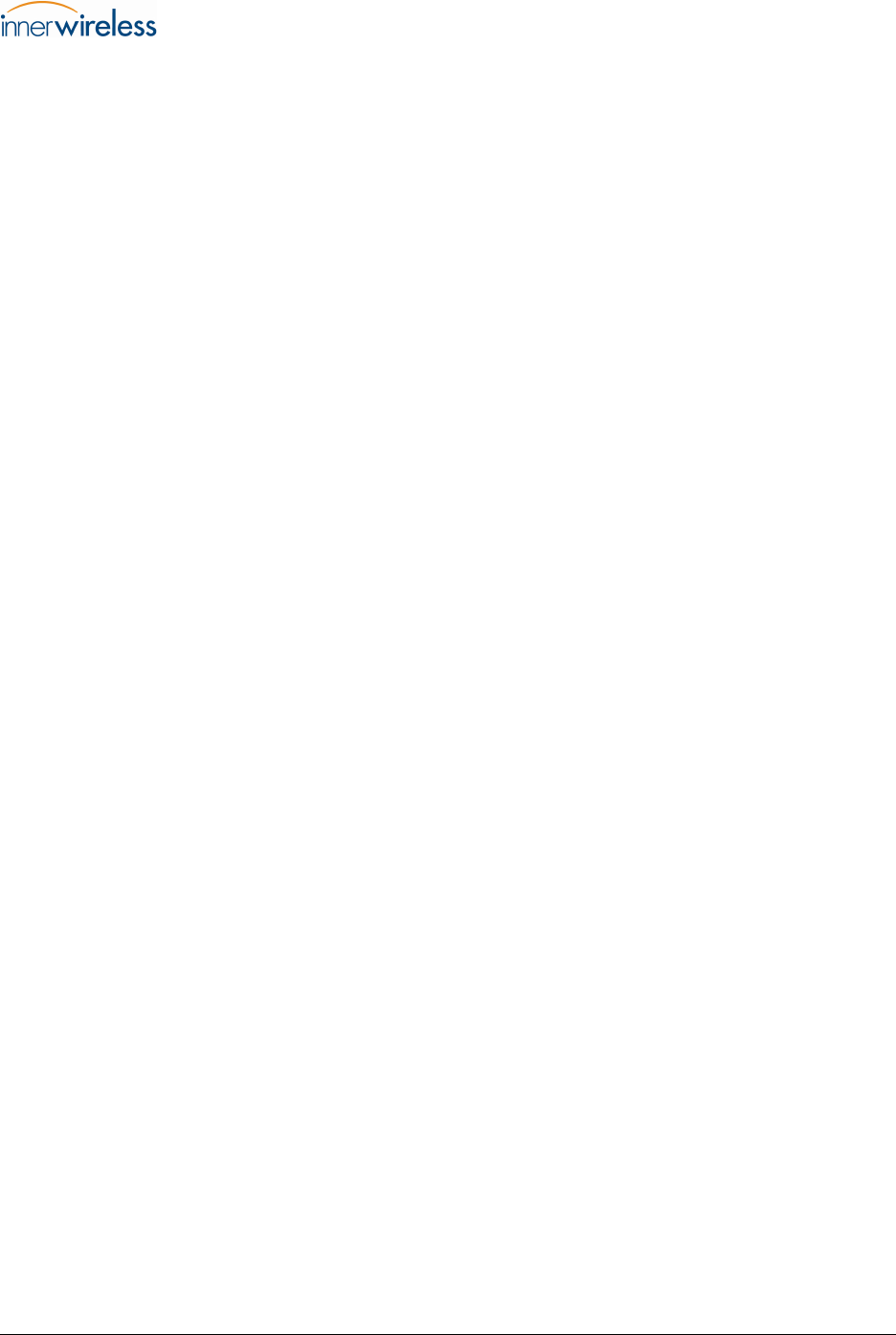
Appendix F – Li/MnO2 Battery Disposal
The Spot RFLS uses Lithium/Manganese Dioxide (Li/MnO2) batteries in the Beacons and the Tags.
When completely discharged, this type of lithium cell is non-hazardous and may not have specific
disposal regulations. Lithium batteries that are not fully discharged may be regulated as reactive
hazardous waste.
The disposal of waste products in the United States is regulated by the U.S. Environmental Protection
Agency (EPA). The EPA Regulations are listed in the "Code of Federal Regulations," CFR40, entitled
"Protection of Environment." Individual states and local communities also may establish regulations
covering the disposal of waste products. These may be more stringent than the federal regulations and
may cover the disposal of household waste, which is not included in the federal regulation. Thus, state
and local agencies should be contacted for their disposal guidelines.
Until such time that regulations or specified guidelines are issued, the following is recommended for the
disposal of Li/MnO2 batteries:
1. Disposal
a. Discharged - the preferred procedure is for the cells and/or batteries to be in a discharged
condition for disposal. Li/MnO2 cells can be considered to be "discharged" if the cell
voltage, under an operational current load, is below 2 volts. "Discharged" batteries
should be shipped as hazardous waste to a hazardous waste facility for disposal.
b. Partial or Unknown Charge - if the condition (state-of-charge) of the batteries cannot
be identified, or if batteries are leaking, cracked, opened, vented, etc., or are otherwise no
longer physically sound, they must be shipped as a hazardous waste to a qualified
hazardous waste facility.
2. Collection and Handling - bulk quantities of spent Li/MnO2 batteries should be collected and
transported in a manner to prevent short circuit, compacting or mutilation, or any other abusive
physical or electrical handling that would destroy their physical integrity. CFR40 provides
details and regulations for collection of hazardous waste products.
3. Shipment - DOT and EPA regulations cover the shipment of these cells and batteries to a
disposal site within the United States (reference CFR49, paragraph 173.185(j) and CFR40).
Individual states may establish additional regulations. Your state regulatory agency should be
contacted for additional transportation guidelines.
4. Incineration - Li/MnO2 batteries should not be incinerated. Exposure of these batteries to high
temperatures or fire can cause the batteries to vent and/or rupture.
NOTE: Waste management companies can provide assistance in the disposal of these
batteries.
— End of Document
Spot RFLS User's Manual Page 23
5/24/2007
